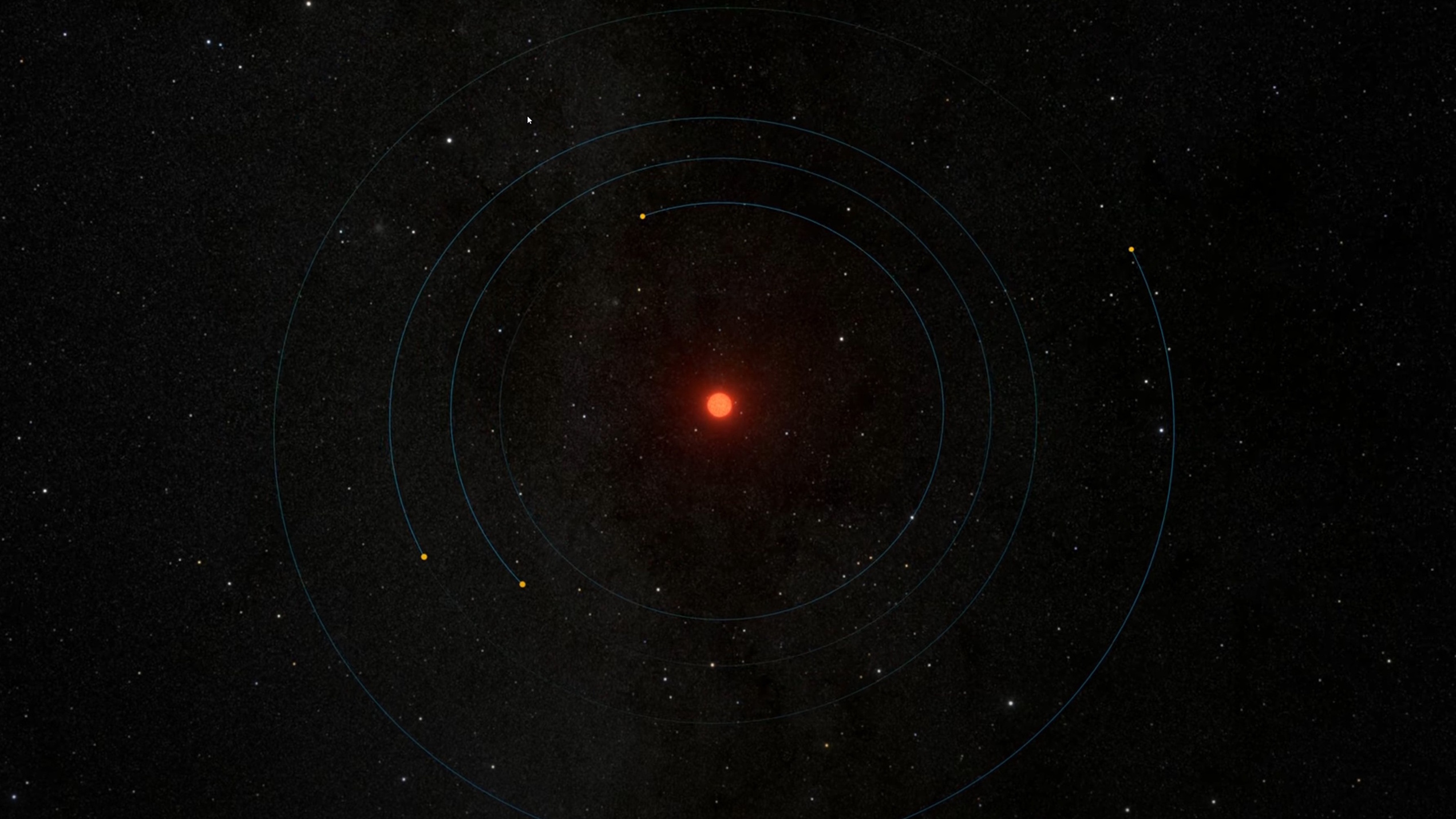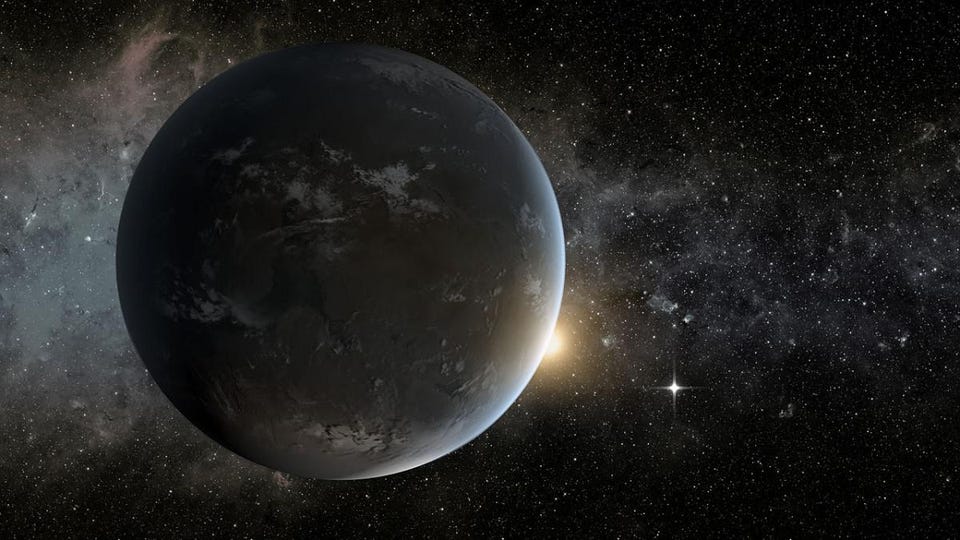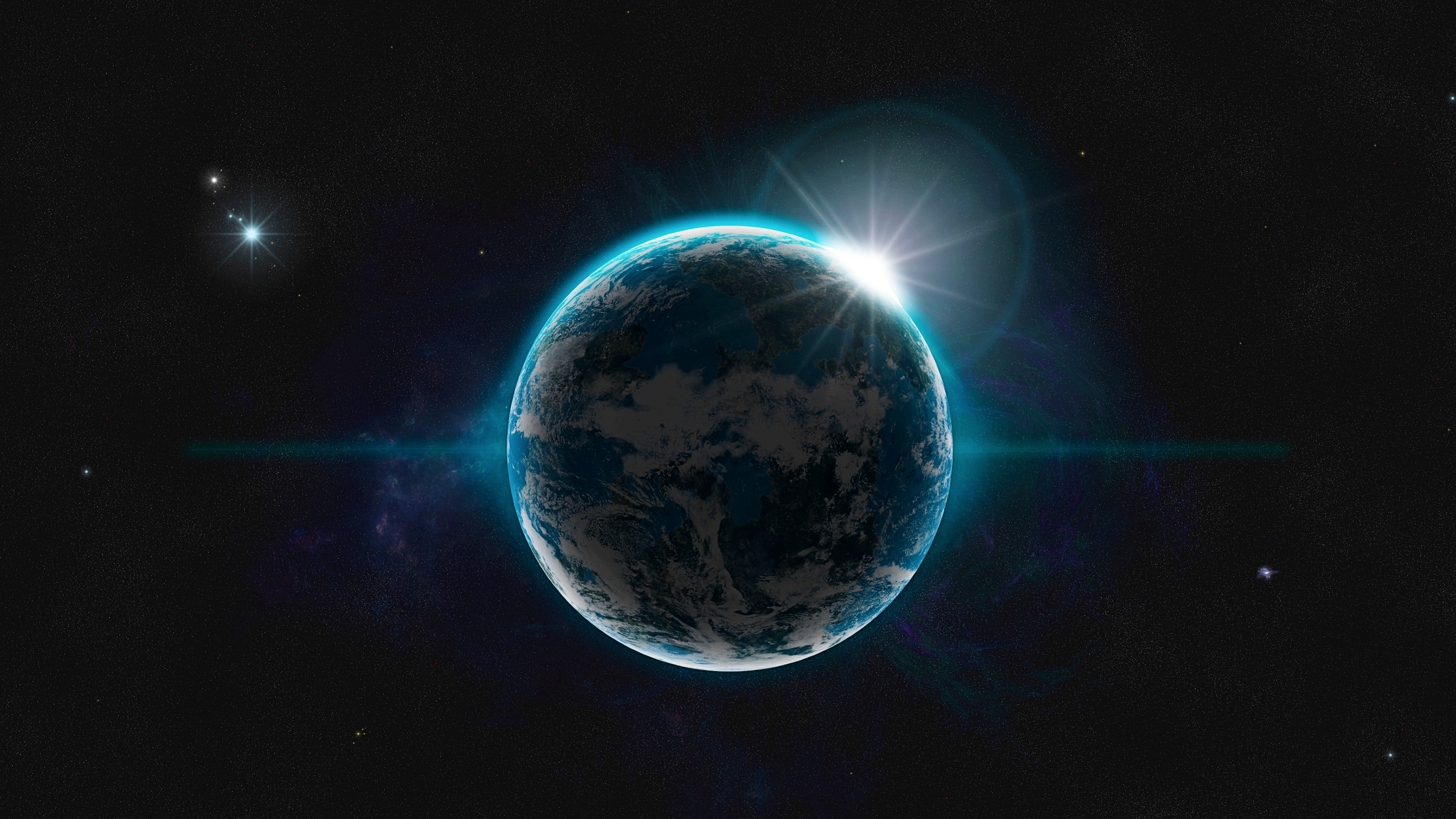Three Planets, All Possibly Habitable, All Orbiting One Star

What’s the Latest Development?
Scientists have discovered orbiting around the star Gliese 667C no less than three exoplanets in the star’s habitable zone, each of them potentially rocky “super-Earths” (with greater mass than Earth) and possible candidates for supporting life. Gliese 667C is one of three stars in the system, which is 22 light-years away. Because it’s cooler and dimmer than our sun, its habitable zone occupies the same orbital area as Mercury does here.
What’s the Big Idea?
It’s the first time such a configuration has been discovered and confirmed in the ongoing search for exoplanets that might harbor life. Team co-leader Mikko Tuomi says they suspected there were at least three planets orbiting Gliese 667C but “[b]y adding some new observations and revisiting existing data we were able to confirm these three and confidently reveal several more.” Finding three planets in the habitable zone will lead scientists to look for similar configurations elsewhere, says team member Rory Barnes: “[I]nstead of looking at 10 stars to look for a single potentially habitable planet, we now know we can look at just one star and find several of them.”





